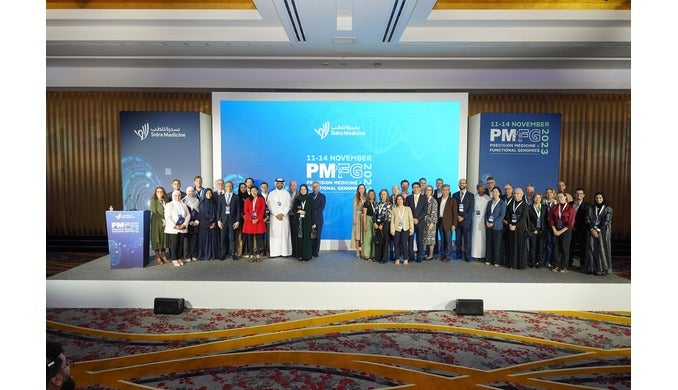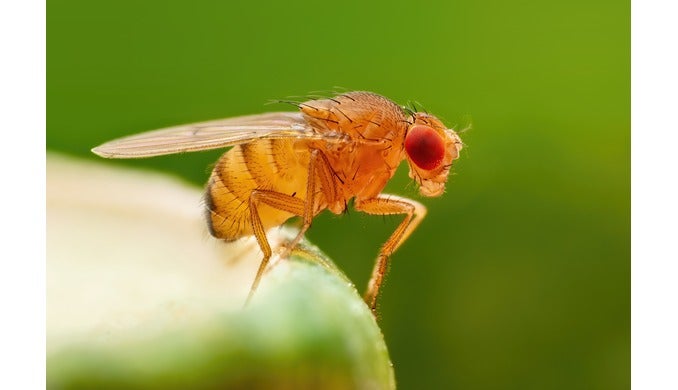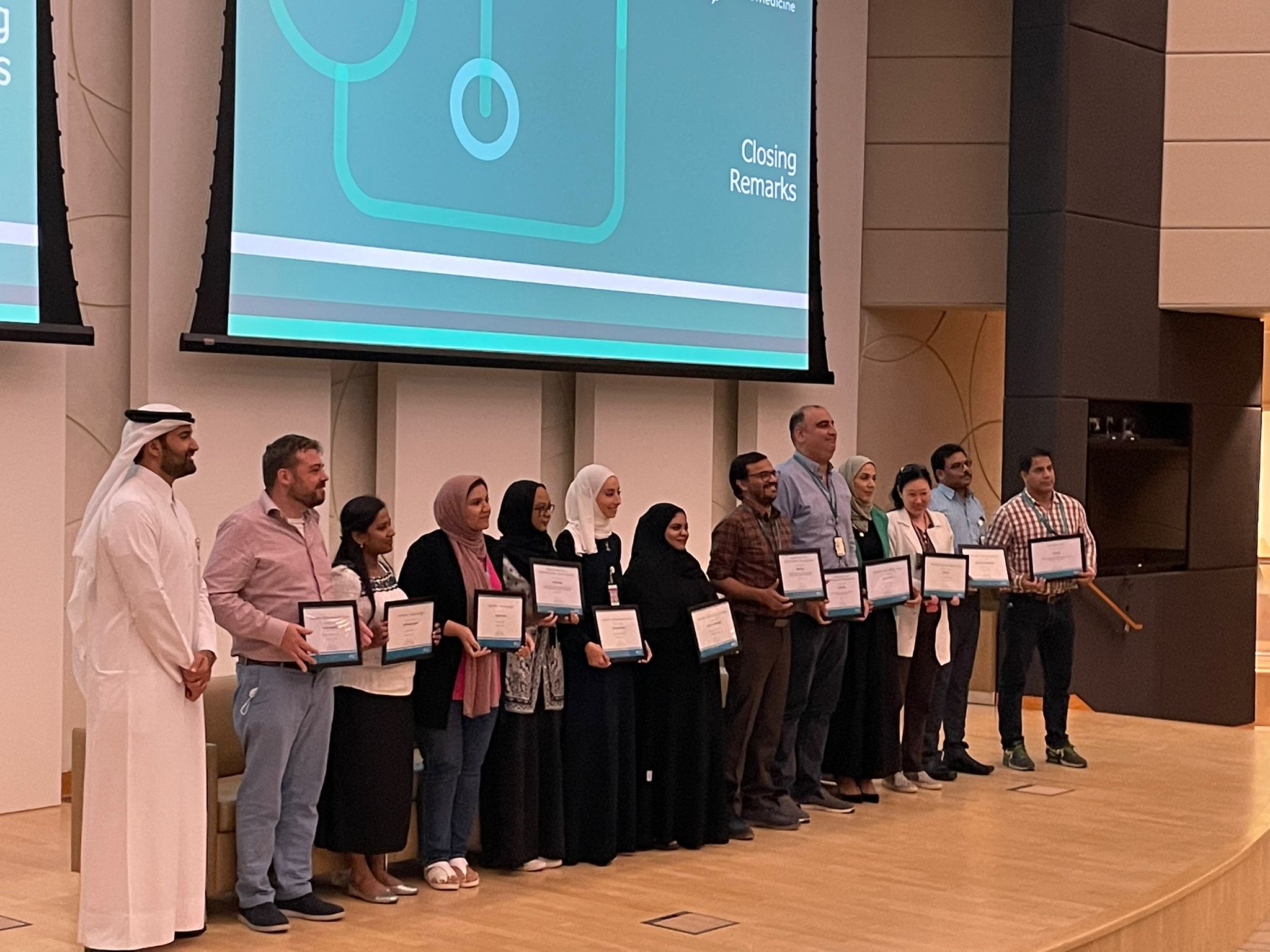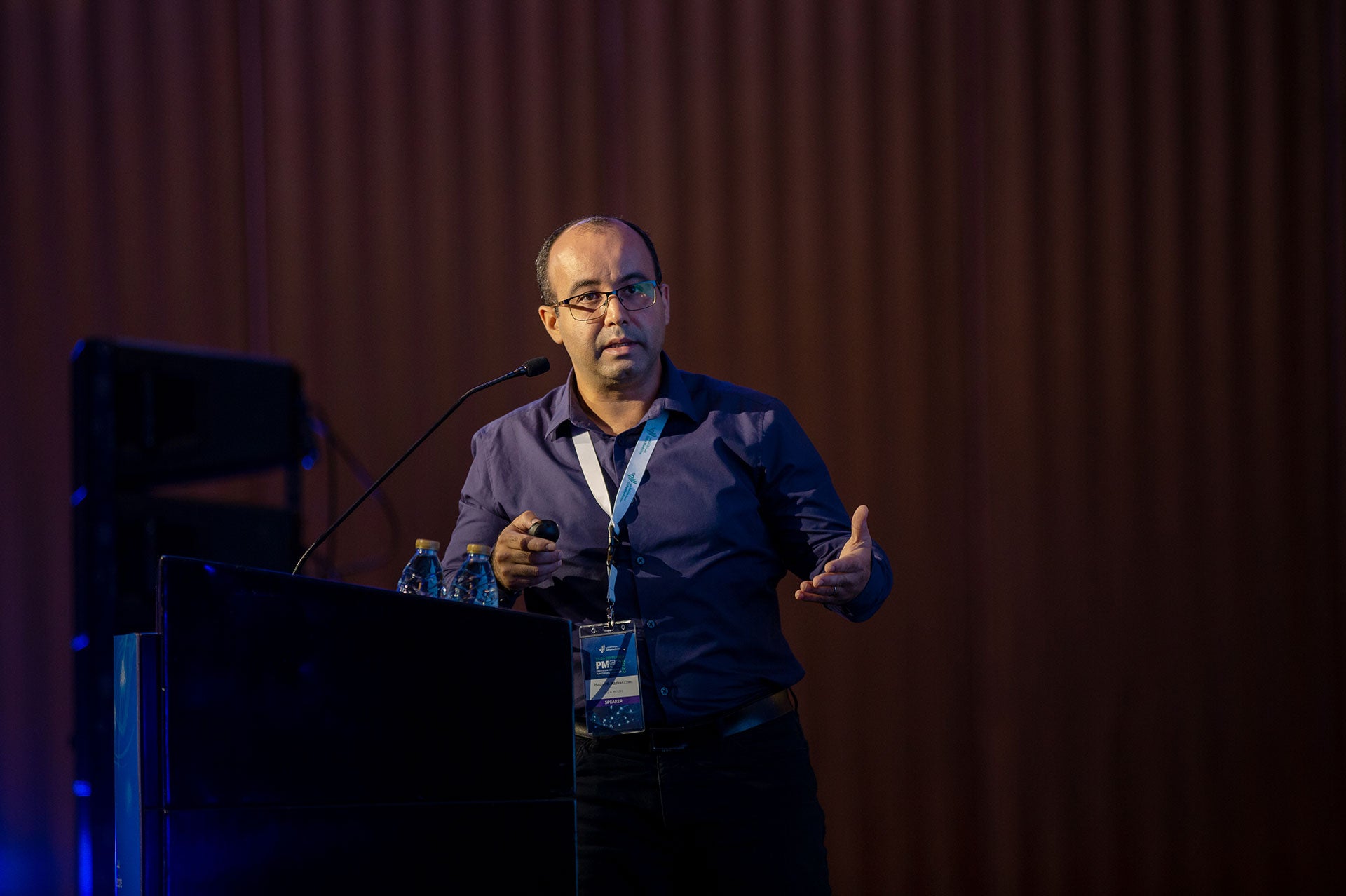*By Dr. Mohammad Farhan

China reported the first case of COVID-19 in December 2019 and within a few months it had spread to more than 213 countries, infecting around 8.3 million and killing almost 450,000 to date.
The impact of this pandemic has been huge, as it has brought the whole world to its knees. There are hopes that by the end of the year it will mostly be gone, but by then it will have caused unprecedented damage.
While scientists across the globe have focused their attention on understanding this virus in a bid to find a cure, there remains uncertainty on several aspects in relation to the origin of COVID-19.
Several conspiracy theories regarding the origin of the virus have been raised on news portals and social media. One theory raised by non-scientific power groups in countries like the USA and India was that the virus originated in a virology lab in the city of Wuhan in China.
However, many have refuted these claims and have backed the scientific view that it is extremely unlikely that COVID-19 could be the deliberate product of genetic engineering in a laboratory.
So is scientific evidence strong enough to refute these conspiracies? Let’s examine some of the evidence.
Firstly, COVID-19 is not the first coronavirus to have infected humans and cause devastation. Indeed, there have been many coronaviruses that have led to respiratory diseases.
The common cold virus; Severe Acute Respiratory Syndrome (SARS)-related coronavirus, which caused a pandemic in 2002-2003; and the Middle East Respiratory Syndrome (MERS) virus, which also caused a pandemic in 2012, all belong to the same coronavirus family.
It is also highly likely that COVID-19 was passed to humans in the same way that the SARS or MERS viruses spread. That is, jumping from bats to cat-like civets or camels before infecting humans. This transmission of a disease from an animal host to a human is known as a zoonotic transfer.
Although it is not yet confirmed, the most likely intermediate animal through which COVID-19 passed to humans is the pangolin (scaly animals that look similar to anteaters). However, the possibility of the virus directly evolving in humans before leading to human-human transfer has not been ruled out.
So what causes these viruses to jump from animals to humans? The ancestors of COVID-19 have lived in bats for so long that it can no longer replicate in them and make them sick, and viruses which constantly keep mutating have recently done so in such a way that they could enter and infect humans.
Genetically, coronaviruses enter humans by binding their spike proteins to a protein known as ACE2 (angiotensin-converting enzyme 2), which is present on the surface of cells in the lungs, heart, and intestines.
Interestingly, the protein sequence of viral spike proteins that allow the virus to bind to human ACE2 is very similar to coronaviruses in pangolins but not with the sequence available from bat coronaviruses, suggesting pangolins as the intermediate host of transmission to humans rather than bats directly.
This route is in line with the known mode of transmission of coronaviruses. Earlier, cats and camels were the intermediate host and now it could be pangolins. In China, pangolin meat and scales are highly-priced and valued and these illegally traded animals are frequently used in traditional Chinese medicine (TCM).
Further concrete evidence to support the view that COVID-19 has come through natural selection, and not through genetic manipulation in a laboratory, is based on the genetic sequence (genome) of the virus itself.
China released the first genome sequence of COVID-19 in January 2020 and since then its genome has been sequenced thousands of times and is available for researchers to study the origin of the coronavirus. The comparative analysis of these sequences available from various labs worldwide can also help to track the virus route across the world. If it had been genetically engineered or manipulated, we would expect to see signs of an inserted gene sequence.
The coronaviruses have been subjected to extensive studies since 2002 following the SARS pandemic, and many labs across the globe are studying these viruses.
To study viruses in a laboratory, a scientist needs backbones (a stretch of genomic sequence which helps researchers in infecting cells or animals with viruses). So for a virus to come from a lab, a backbone sequence should have been there in the COVID-19 genome sequence, but all the available genome sequence data has conclusively shown that COVID-19 is not derived from any known viral backbone.
Using the available genomics and structural data, scientists have also identified that COVID-19 has evolved to specifically bind to human ACE2 and is less efficient in a bind to ACE2 protein in animals such as cats, dogs, and cattle, which suggests the virus was the result of natural selection.
Of the known human pathogens, viruses constitute a large proportion of emerging pathogens. Since 1980, among emerged viruses, 75% have been transferred to humans through an intermediate animal host. Hence, to be prepared for any other future outbreak, animal species, specifically those who are in direct contact with humans, need to be routinely screened for the viruses.
At the same time, scientists need to develop cost-effective tools for better routine detection, prevention, and finding a cure for infectious diseases and associated comorbidities.
COVID-19 has taught the world a big lesson, that through science we can effectively detect and manage these disease threats, and hence there is a greater need to invest in scientific research than ever before.
Dr. Mohammad Farhan is an Assistant Professor at the College of Health and Life Sciences, Hamad Bin Khalifa University










